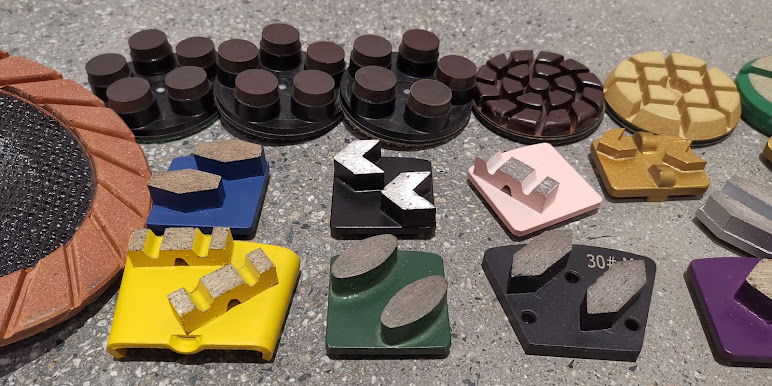The Concept of Diamond in Tooling

Diamond is made of graphite as raw material, some metals or alloys as catalyst, under high temperature (1000~2000℃) and high pressure (557~608Mpa), the graphite structure is transformed into diamond structure. Diamond is the hardest substance known, with high compressive strength, good thermal conductivity, chemical stability, wear resistance, and strong cutting ability. Diamond can be divided into five grades: JR1, JR2, JR3, JR4, JR5, and its characteristics and uses are as follows: JR1 type: The crystals are mostly needle-shaped with rough crystal faces. They are used to make resin bond diamond tools . They are mainly used for the fine grinding process of cemented carbide, ceramics, glass and difficult-to-grind materials. The processing effect is good, and the surface is smooth. High, sometimes used for semi-finish grinding, but not suitable for heavy-duty grinding JR2 type: Most of the crystals are of equal-area shape, suitable for manufacturing metal bond and ceramic bond diamond


